Hypochloric acid: a wound care agent with strong bactericidal and biofilm resistant properties
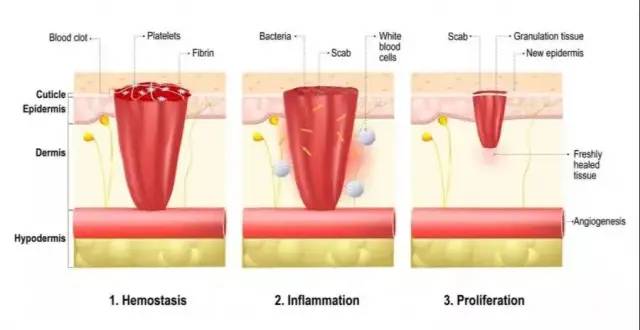
Wound healing prevents infection and maintains wound homeostasis by rebuilding skin integrity. The normal process of wound healing is usually divided into four steps: coagulation, inflammation, proliferation, and reconstruction. However, the healing process of chronic wounds always stagnates at a certain stage of the inflammatory response and cannot achieve effective healing. Especially under the action of bacterial biofilm, the microenvironment formed by it and the changes in the microenvironment inside the wound seriously hinder the various cells and factors required for wound healing, inhibiting wound healing.
Research shows that the incidence of chronic wounds in adults is about 1%, and the incidence of chronic wounds in people over the age of 65 has increased to 3% to 5%. Chronic wounds provide an ideal environment for the formation of bacterial biofilms, as necrotic tissue can easily cause bacterial attachment, changes in blood vessels, and ischemic conditions stimulate immune system defense responses. Studies have shown that 60% of chronic wounds have bacterial biofilm formation.
Because the cause of most chronic wound infections is the formation of biofilms, and most local bactericides have cytotoxic effects, it will damage the wound healing. Therefore, the treatment strategy for biofilms with high microbial eradication rate and good wound healing effect will reduce its incidence rate and mortality.
The Mechanism of Hypochloric Acid Production in the Human Body
The immune system of the human body is able to resist the invasion of external pathogens, largely because it produces highly active chemicals such as reactive oxygen species (ROS) to produce effective and rapid bactericidal reactions. Mitochondrial membrane bound reduced coenzyme II (NADPH) is the main enzyme produced by ROS. During the activation process of neutrophils, respiration produces hydrogen peroxide (H2O2), while activated myeloperoxidase (MPO) converts H2O2 into hypochlorite (HOCl) in the presence of Cl - and H+.
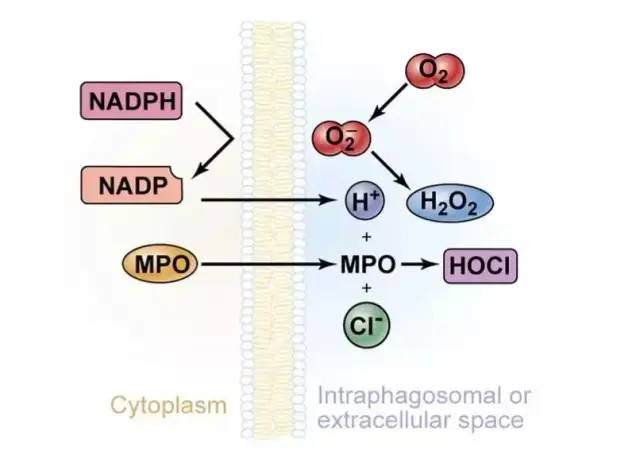
HOCl has anti biofilm activity and can actively penetrate and kill microorganisms in the biofilm.
Compared to povidone iodine, a stable HOCl solution can enhance wound healing. It can be used as an ideal wound care solution and has a powerful and rapid killing effect on different types of microorganisms, biofilms, and bacteria in biofilms. Secondly, it has a dose-dependent beneficial effect on the migration of fibroblasts and keratinocytes. These characteristics make stable HOCl solution an ideal wound care agent.
Note: Fibroblasts are the main cellular component of loose connective tissue, derived from mesenchymal cells during embryonic stages. Fibroblasts play a crucial role in the repair of varying degrees of cell degeneration, necrosis, tissue defects, and bone trauma.
Keratinocytes are epithelial cells that can synthesize keratin. Keratinocytes play a crucial role in wound healing, especially in severely burned patients where the lack of epidermal keratinocytes is closely related to the duration of the patient's disease, the occurrence of complications, and the formation of scars in the later stages.
https://bluewavv.com/e_products/Medical-grade-Neutral-Anolyte-HOCL-Generator-10.html
Application
Contact Us

Name: Diana
E-mail: [email protected]
Skype: +86-15-22-27-71-011
WeChat: +8615222771011
Whatsapp: +8615222771011
Add: Office N.420D-C1 Tower Ajman,UAE
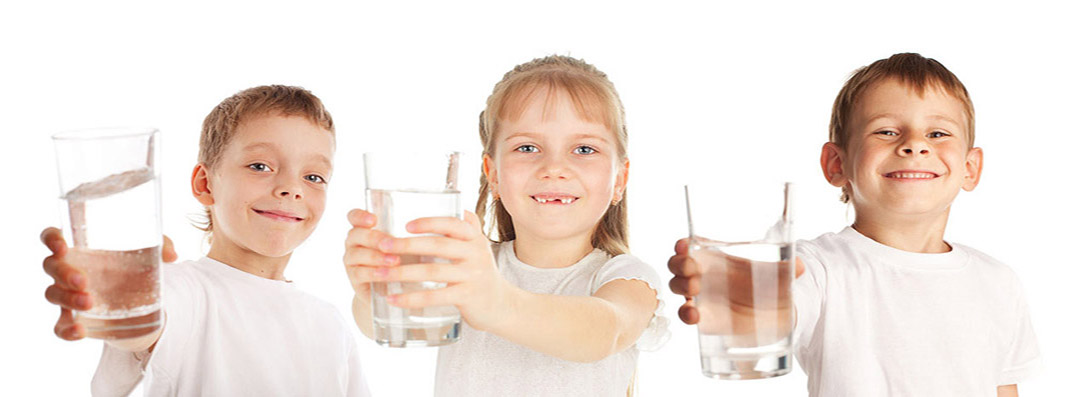
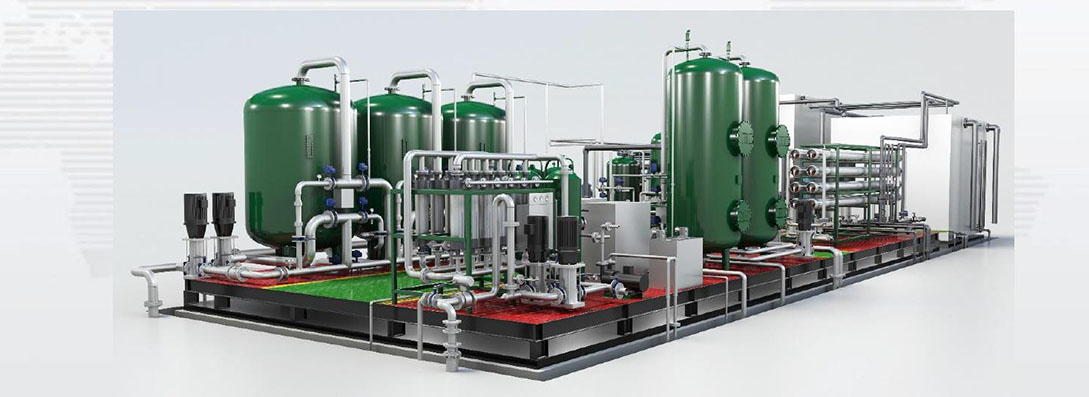
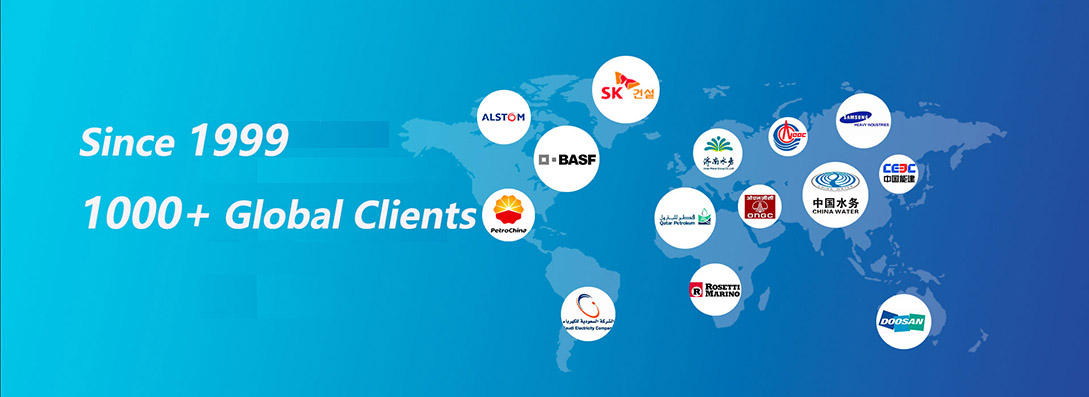






 Skype Chat
Skype Chat WhatsApp
WhatsApp  Mail inquiry
Mail inquiry
